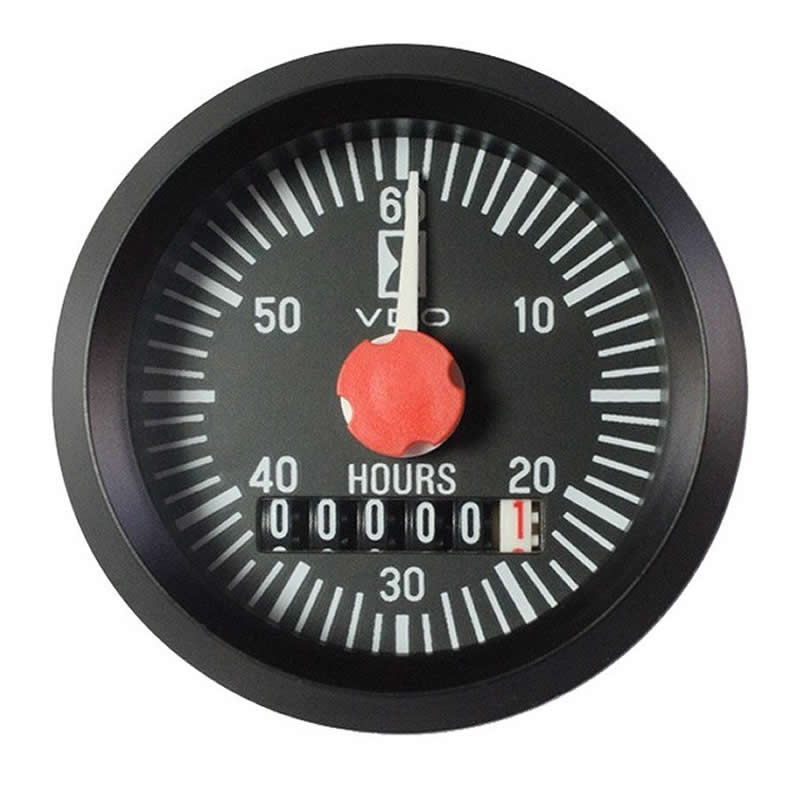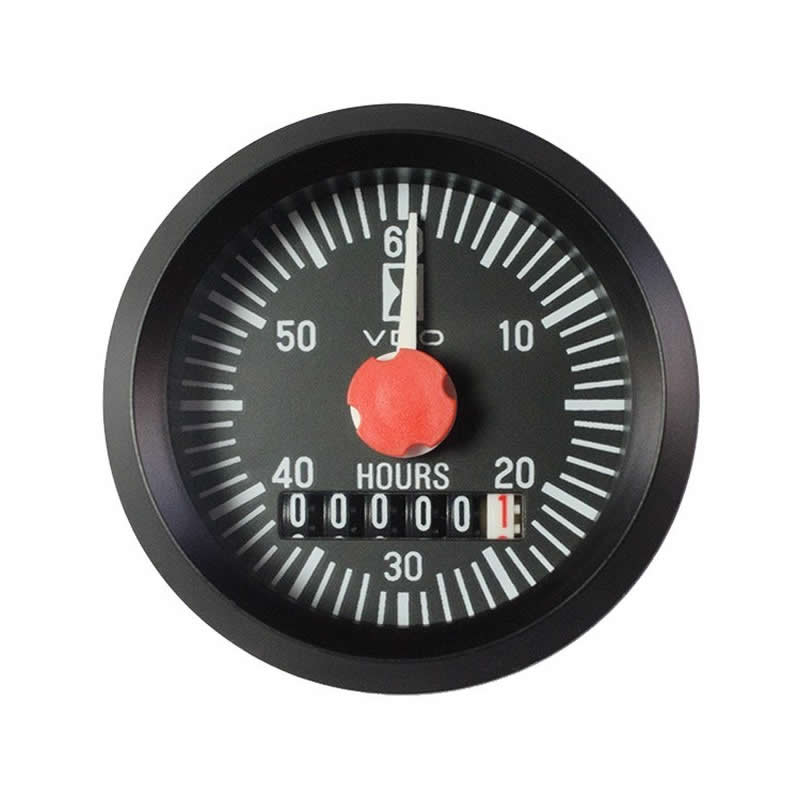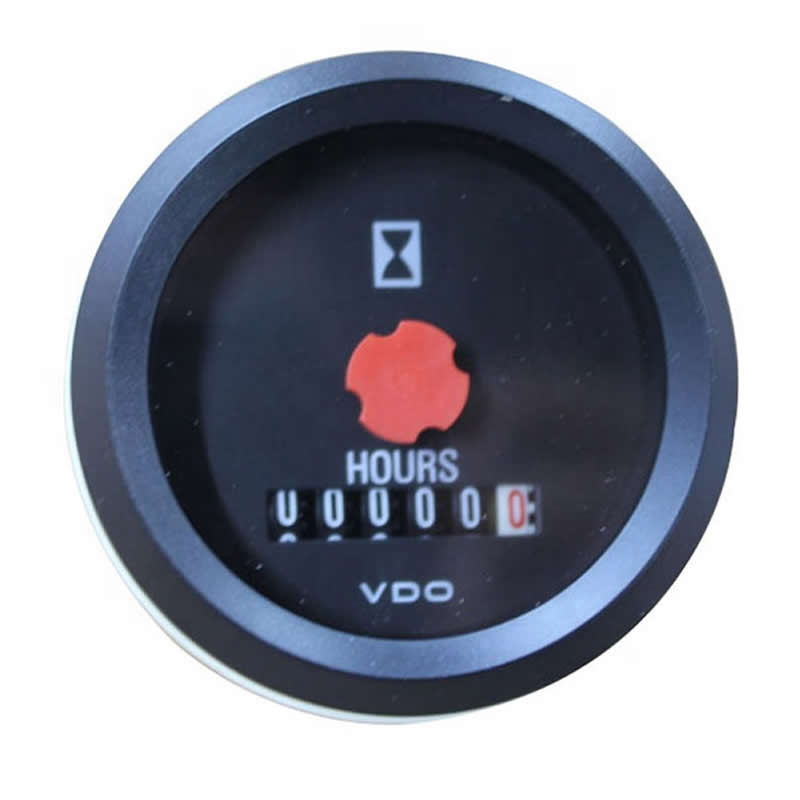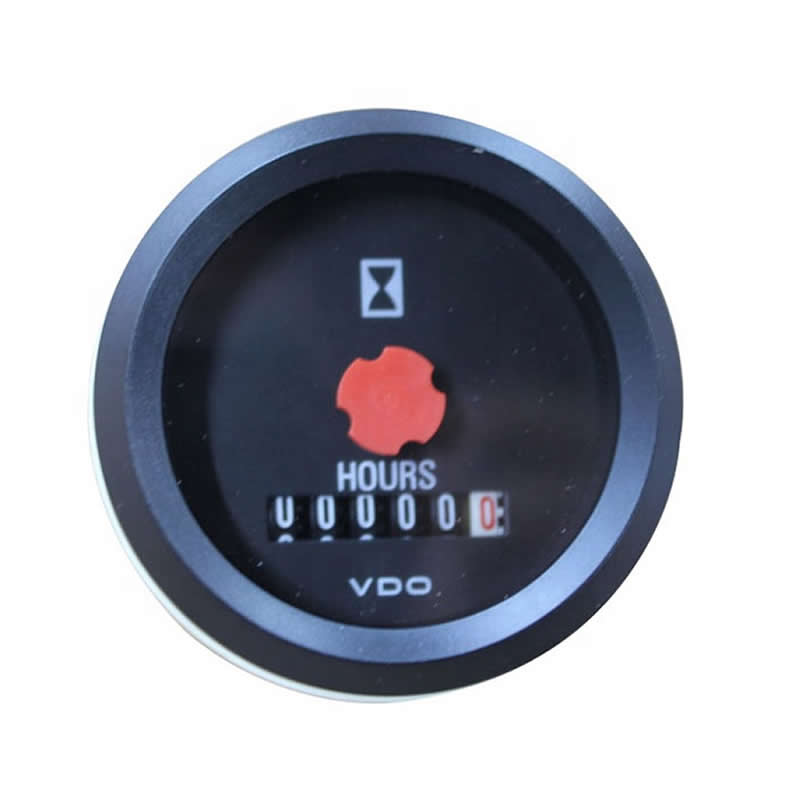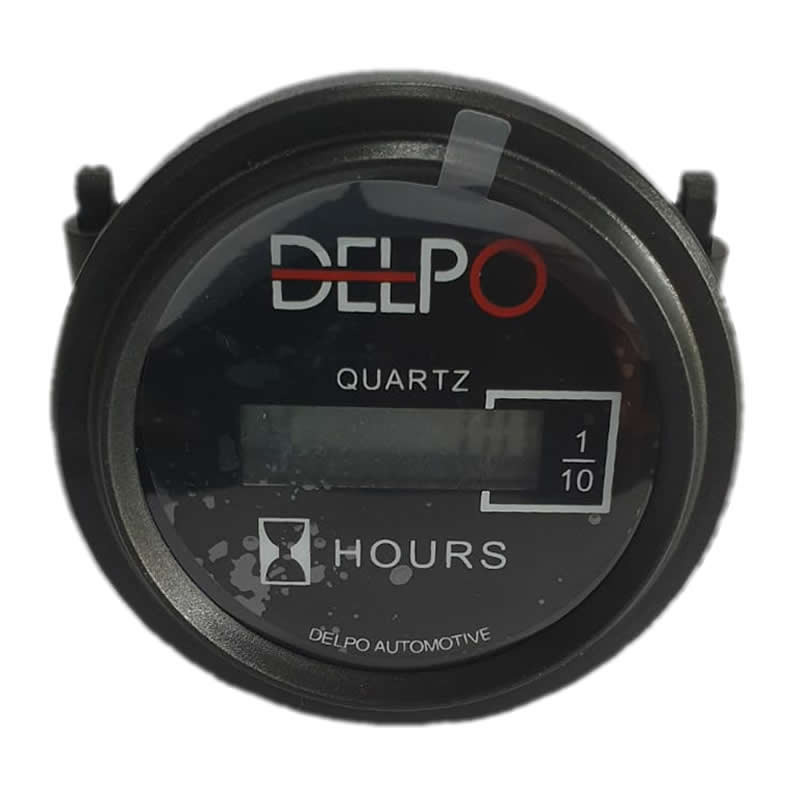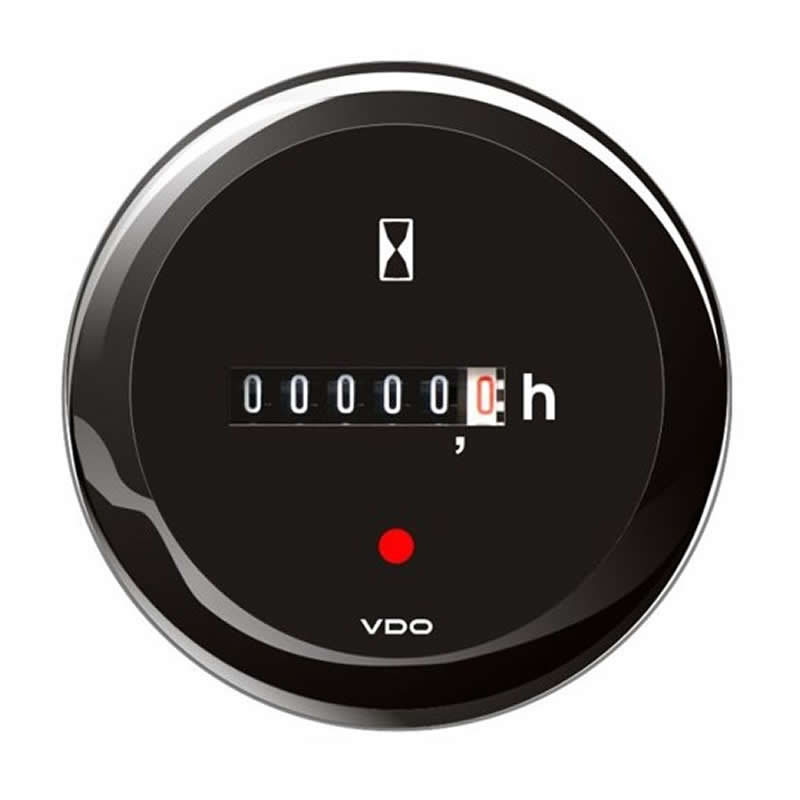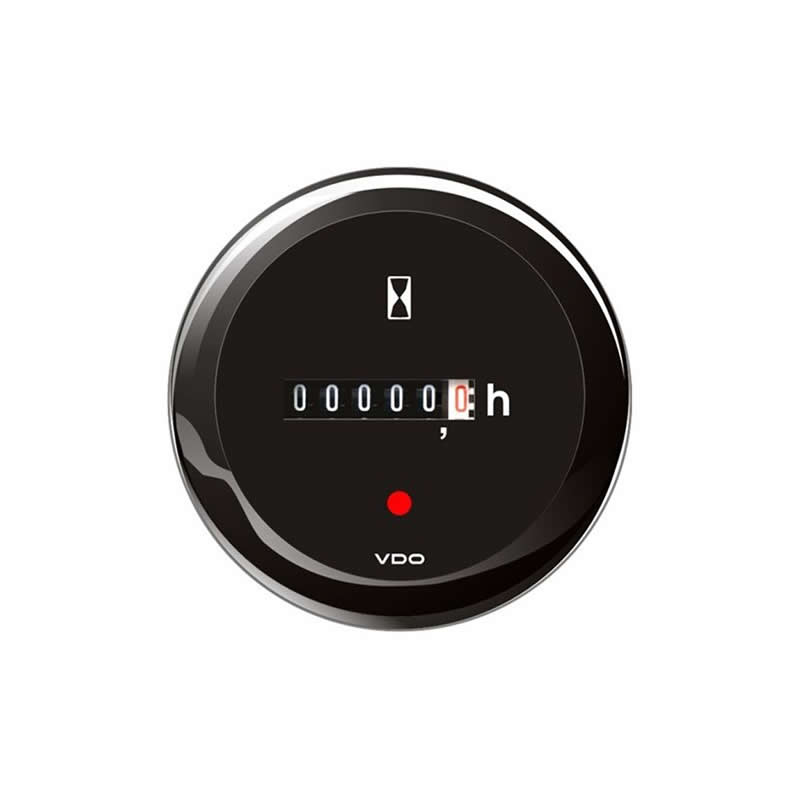About Hour Meters
Hour meters are invaluable tools for tracking equipment usage, scheduling maintenance, and optimizing asset management in various industries. Whether used in industrial, agricultural, construction, marine, or aviation applications, hour meters play a critical role in ensuring the efficient and reliable operation of machinery while minimizing downtime and maintenance costs.
Hour meters are devices used to track and display the amount of time that a machine or equipment has been in operation. They are commonly employed in a wide range of applications across various industries to monitor usage, schedule maintenance, and assess the lifespan of equipment. Here's a comprehensive overview of hour meters:
Hour Meters Functionality:
- Hour meters typically consist of a digital or analog display that shows the cumulative number of hours or tenths of hours that a piece of equipment has been operational.
- They measure the runtime of equipment based on various factors such as engine or motor activity, electrical usage, or overall machine operation.
- Hour meters may be integrated directly into equipment as a built-in feature or installed as standalone devices that can be easily retrofitted onto existing machinery.
Types of Hour Meters:
- Mechanical Hour Meters: Traditional hour meters feature mechanical components and use mechanical gears or springs to measure and display hours of operation.
- Digital Hour Meters: Modern hour meters utilize digital displays and electronic components to provide accurate time tracking with greater precision and reliability.
- Wireless Hour Meters: Some hour meters feature wireless connectivity, allowing data to be transmitted remotely to a central monitoring system or mobile device for real-time monitoring and analysis.
- Programmable Hour Meters: Certain hour meters offer programmable settings, allowing users to set maintenance intervals, reminders, or custom alerts based on hours of operation.
Hour Meter Applications:
- Industrial Equipment: Hour meters are commonly used in industrial machinery such as generators, compressors, pumps, and manufacturing equipment to monitor usage and schedule maintenance.
- Agricultural Machinery: Tractors, harvesters, and other agricultural equipment often feature hour meters to track usage for maintenance scheduling and equipment lifespan assessment.
- Construction Equipment: Hour meters are essential for tracking the runtime of construction machinery such as excavators, loaders, cranes, and bulldozers to ensure timely maintenance and optimize productivity.
- Marine and Aviation: Hour meters are utilized in boats, ships, aircraft, and other marine and aviation equipment to monitor engine hours and plan maintenance schedules.
Hour Meter Benefits:
- Maintenance Scheduling: Hour meters help facilitate proactive maintenance by providing accurate data on equipment usage, allowing for timely servicing and component replacement.
- Cost Management: By tracking equipment runtime, hour meters enable organizations to optimize maintenance schedules, reduce downtime, and extend the lifespan of machinery, ultimately minimizing repair costs and maximizing productivity.
- Warranty Compliance: Hour meters provide documentation of equipment usage, which is essential for verifying warranty compliance and resolving disputes with manufacturers or service providers.
- Asset Management: Hour meters contribute to effective asset management by providing insight into equipment utilization, usage patterns, and overall performance, aiding in decision-making processes related to equipment investments and replacements.
Installation and Integration:
- Hour meters can be installed directly onto equipment using mounting brackets or adhesive backing, or integrated into control panels or dashboards for seamless operation.
- Some hour meters offer compatibility with equipment monitoring systems or telematics platforms, allowing for centralized data collection, analysis, and reporting across multiple machines or locations.
 Autem ipsa ad 1 x $145.80
Autem ipsa ad 1 x $145.80 Tenetur illum amet 1 x $150.80
Tenetur illum amet 1 x $150.80 Non doloremque placeat 1 x $165.80
Non doloremque placeat 1 x $165.80

